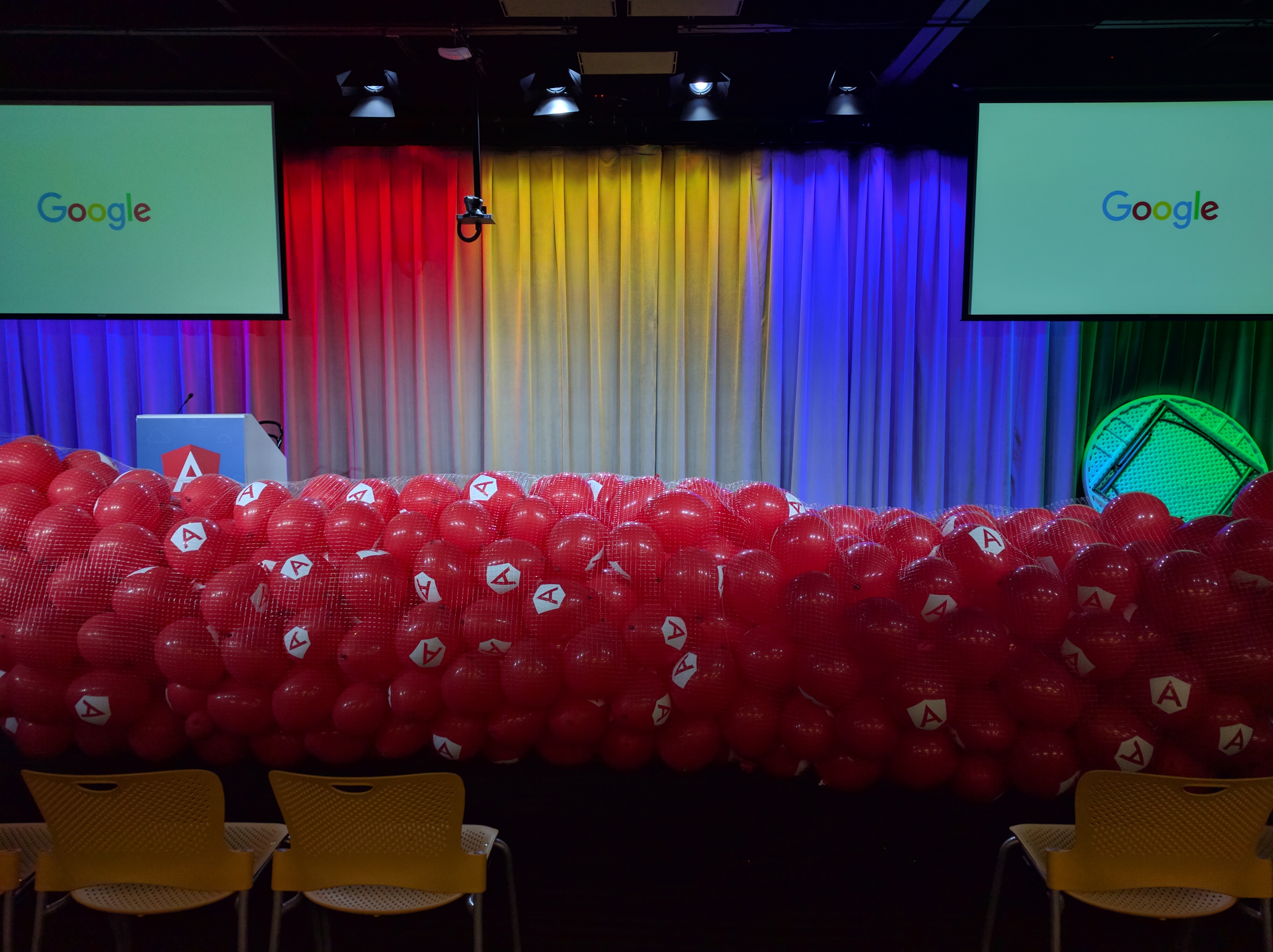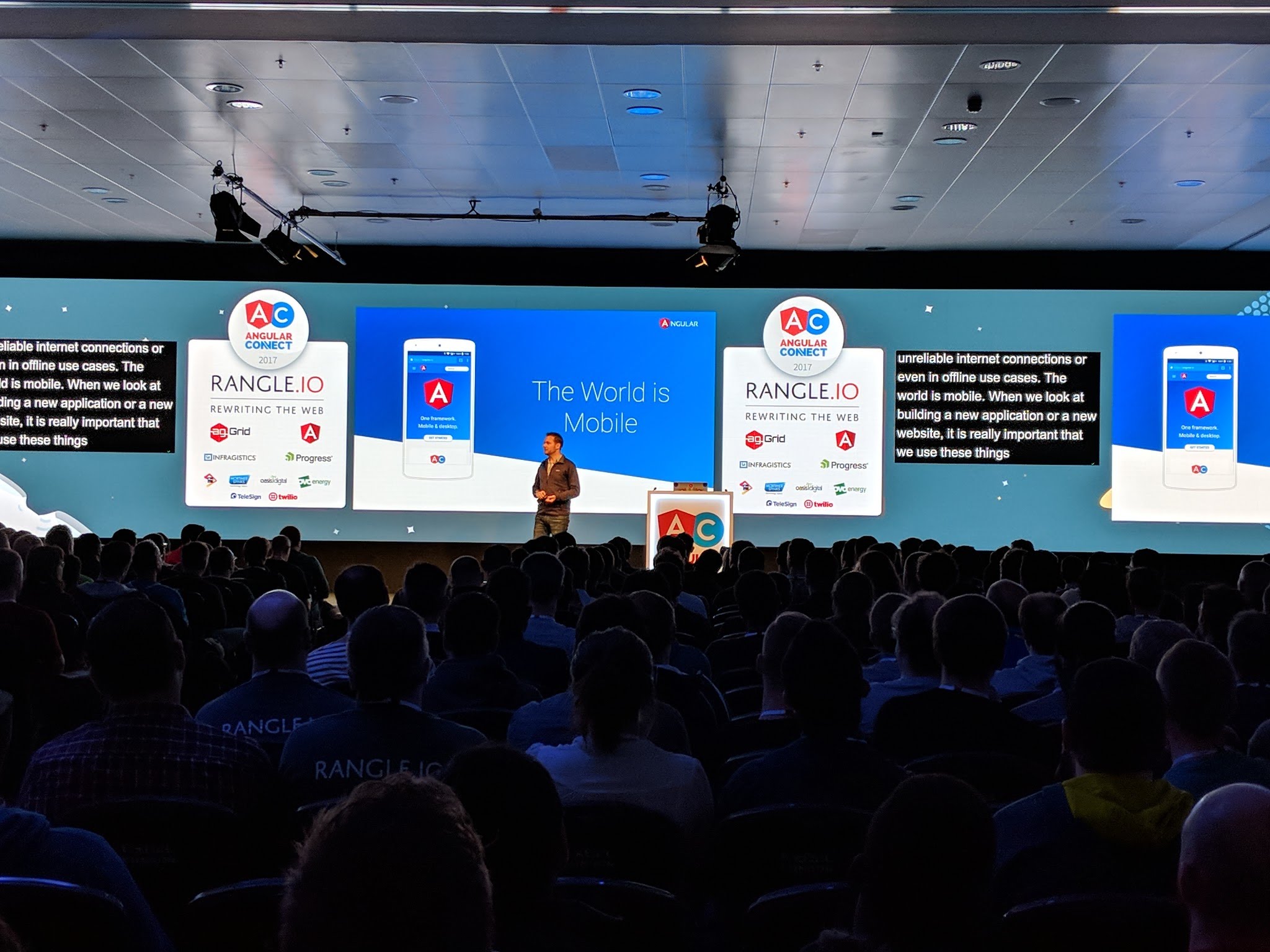I talk a lot. In 2018 I gave 45 presentations (many were recorded!) Most of my presentations are uniquely crafted for the topic, the event, and the audience I'm speaking to. I have also reviewed several hundred technical presentations for events I've been involved in. Here are some of the things I've learned along the way.
Understand Yourself
Every time I work with a speaker I ask the most important question of all:
"After my talk, what do I want my audience to think/feel/do?"
This is the most important question because it gets at the WHY of your presentation. If you don't have a WHY or a goal, then there's no world where you can be successful.
For some folks, this is "inspire the audience to try my technology", which is okay, but can come across a little salesy. Often times talks like "build faster applications" or "start a conversation with their neighbor about X" or "can be far more impactful.
Remember that human beings almost never change their behavior, so keeping your goal in mind and keeping all of the points and topics you cover connected to your central mission will help drive the right outcomes.
Understand Your Audience
Who are you speaking to? Are you speaking to a homogenous crowd of experts who have the same frame of reference as you? NO! This never has and never will be the case.
You should seek to put yourself in the shoes of your audience before you write your talk, to make sure you are sharing something that is of value to them in a way that makes sense. You should ask yourself at least the following questions:
- Are there subgroups among this audience, like beginners and experts that might want different content? How do I balance between these groups?
- What assumptions am I making in this talk that might be different from the perspective of the audience?
- What are the other presentations or materials might this audience have seen?
- What's the right pace for this audience?
- How can I make my presentation stand out for this audience? More live coding or more funny cat gifs?

Tell a Story
Let me compare three ways of conveying information:
"Angular released 2.0 on September 14th, 2019."
"The Angular team held a big party in September 2019 to celebrate a moment they had been waiting for, the 2.0 release."
"In September 2019, Jules had this crazy idea to order a giant pack of balloons that we would drop from the ceiling as part of the 2.0 release of Angular. David East volunteered to pull the string, but when the time came live on stage, the bag wouldn't open, and David almost cut his hands trying to get it open in front of the live audience."
The first conveyed information, and the information is easily forgotten and the specifics don't really matter.
The second started to share a moment in time, but it's shared in an abstract way without humanity or personal connection.
The third shared a place, a time. You can picture David East at the front of the room fighting with the bag of balloons, and you're hundreds of times more likely to remember the story and connect emotionally to the feeling the team had during the 2.0 release of Angular.
Be a human and be yourself. Your audience will appreciate it.
Don't Read Slides
DO NOT READ SLIDES VERBATIM. If you were going to read to me your presentation, I'd much rather just have a download link. I can read slides faster than anyone can speak them. Even reading a script from speaker notes means that you're not going to be having an emotional connection to the audience. Everyone has different ways of accomplishing this, but my preferred technique has two parts:
- Don't use speaker notes
My slides tell me the right stories to tell and the major points to hit. Find a point you can already talk about for 30-60 seconds, and make a simple slide that reminds you to hit that point.
- User Fewer words on slides
I'll often start with a bullet point (bullet points can be boring, avoid them if you can) like: "Don't forget to update to the latest version" and then look at it again and slice it to say "update to the latest version" and hopefully end on something even shorter and simpler. like "stay up to date".

Keep It Short
Short talks are much easier than longer talks. If you have a choice, go for 20 minutes or less. It's far easier to keep an audience's attention for 20 minutes than to structure a talk for 60 minutes where you will inevitably end up speaking first thing in the morning or right after lunch, and you'll enter the battle of your life trying to keep the audience engaged.
Practice delivery
People are going to pay far more attention to the WAY you say things, than WHAT you say.
One of my favorite exercises to push you beyond your normal way of speaking and to increase your vocal variety is to grab a children's book and practice reading it. Read it through aloud a few times, and each time vary a different skill.
- Pace - go really fast and then really slow
- Volume - yell some words and sentences and whisper others
- Pitch - high pitch like a tiny mouse, low pitch like a giant drum
- Pauses - don't talk for 20 seconds between two sentences, and don't stop talking at all
The key here is EXTREMES. Go CRAZY! The further you take yourself out of your comfort zone, the more variety you'll end up adding to your actual talk.
Skip the Q&A
Some conferences love Q&A, but I recommend you reject it or don't leave time for it. Most of the time the questions you get are going to be poorly prepared, poorly explained, and only apply to a tiny subset of the audience. Instead you should make it clear how people can get a hold of you, or share their thoughts on your ideas.
Often times you'll need to change locations, so if you can say "meet me outside after the presentation if you want to get involved" this can be a great way to take control and build further engagement with your audience after the talk is done.




